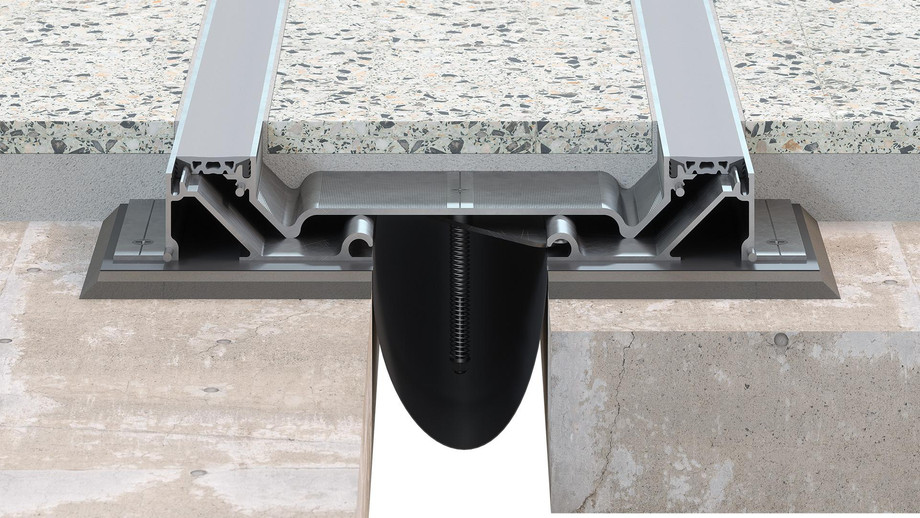Expansion joints are a crucial component in construction that helps to control and absorb the natural movements of buildings and structures due to temperature changes, humidity, and other factors. These joints are designed to allow for expansion and contraction without causing damage or stress to the building, which can result in cracks, leaks, or even collapse. In this article, we will discuss the importance of expansion joints in construction in more detail.
What are Expansion Joints?
Expansion joints are gaps or spaces that are intentionally left between two sections of a building or structure. These joints are typically filled with a flexible material such as rubber, neoprene, or silicone that can absorb movement without causing damage. They are strategically placed in areas where expansion and contraction are expected, such as between different materials or sections of a building that are exposed to varying temperatures and humidity levels.
Types of Expansion Joints
There are several types of expansion joints that are commonly used in construction. The most common types include:
Building Expansion Joints: These are typically used in large structures such as commercial buildings and bridges to allow for thermal and structural movement.
Bridge Expansion Joints: These are used to accommodate the expansion and contraction of bridges caused by temperature changes, traffic loads, and other factors.
Concrete Expansion Joints: These are installed in concrete structures such as roads, pavements, and parking lots to control the cracking caused by thermal expansion and contraction.
Roof Expansion Joints: These are used to allow for the movement of roofing materials caused by temperature changes and settling.
The Importance of Expansion Joints in Construction
Prevent Structural Damage: Without expansion joints, buildings and structures are at risk of structural damage caused by thermal expansion and contraction. This can lead to cracks, leaks, and even collapse, which can be dangerous and costly to repair.
Improve Aesthetics: Expansion joints can also improve the aesthetics of a building or structure by providing a clean, uniform look. They can be concealed with materials that match the surrounding surfaces, which helps to maintain the overall appearance of the structure.
Ensure Safety: Expansion joints can also help to ensure the safety of the occupants of a building or structure. Without proper expansion joints, the structure may be prone to movement, which can cause discomfort or even injury to the occupants.
Reduce Maintenance Costs: By preventing damage caused by thermal expansion and contraction, expansion joints can help to reduce maintenance costs associated with repairs and replacement.
Increase Longevity: Properly installed expansion joints can increase the longevity of a building or structure by reducing the likelihood of damage and deterioration.
Proper Installation and Maintenance
Proper installation and maintenance of expansion joints are crucial to their effectiveness. The joints must be designed and installed by a qualified professional who has experience working with the specific type of joint and material being used. The joints must also be inspected regularly to ensure they are functioning properly and are not in need of repair or replacement.
For More Info:-









